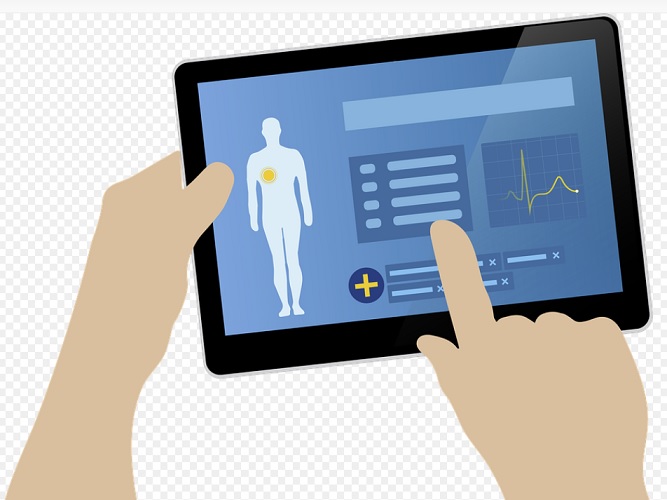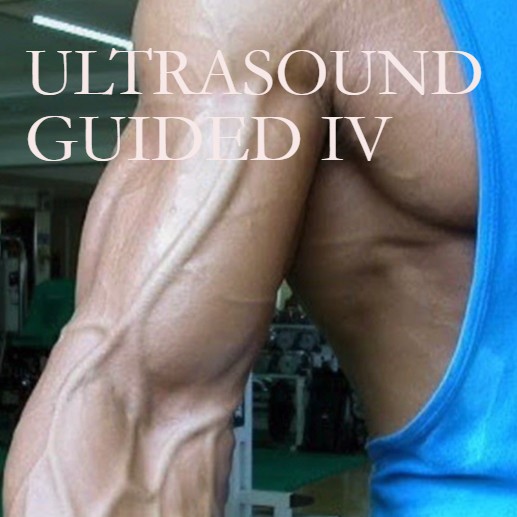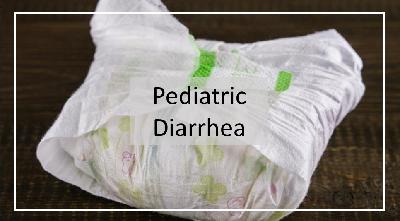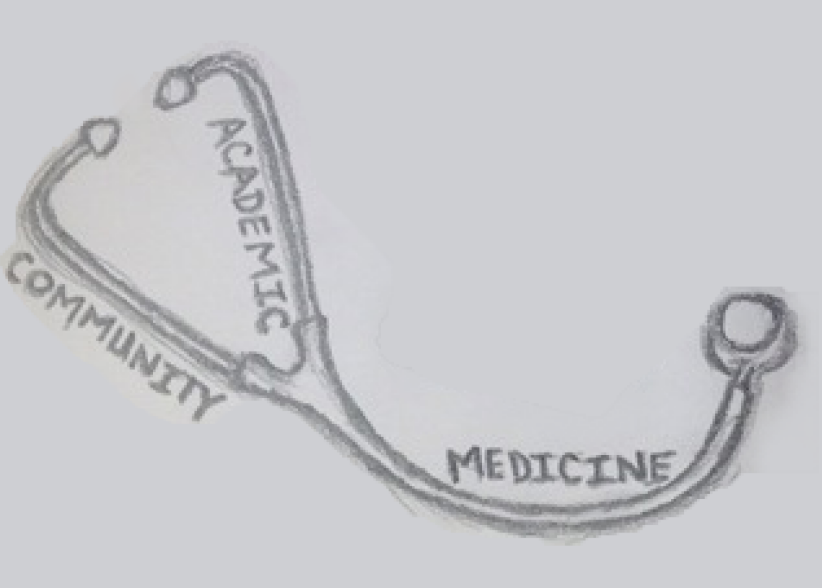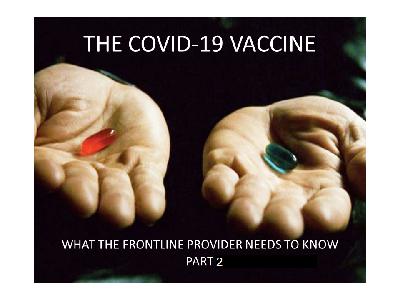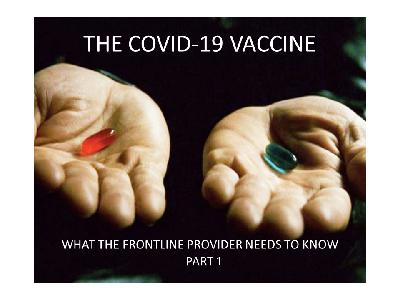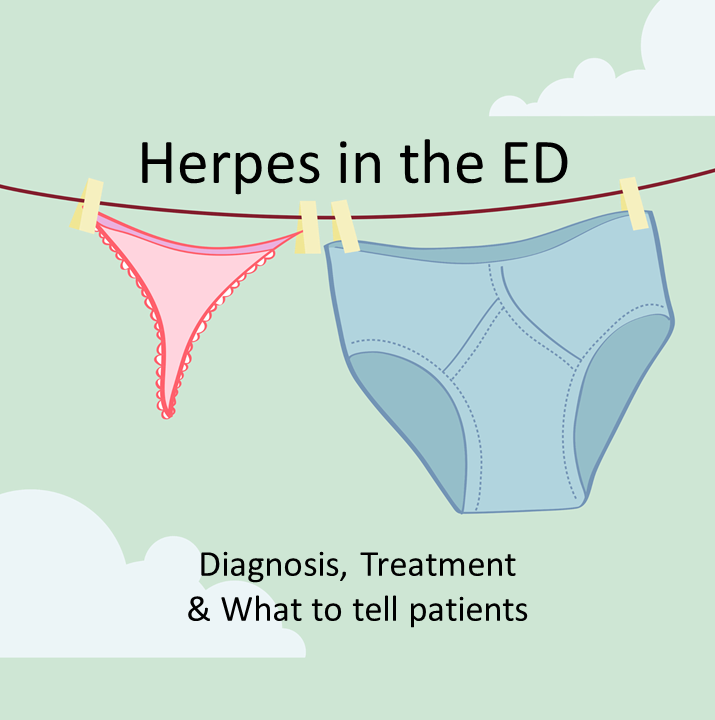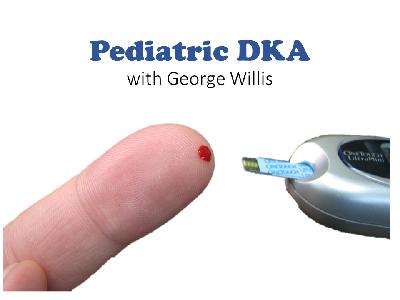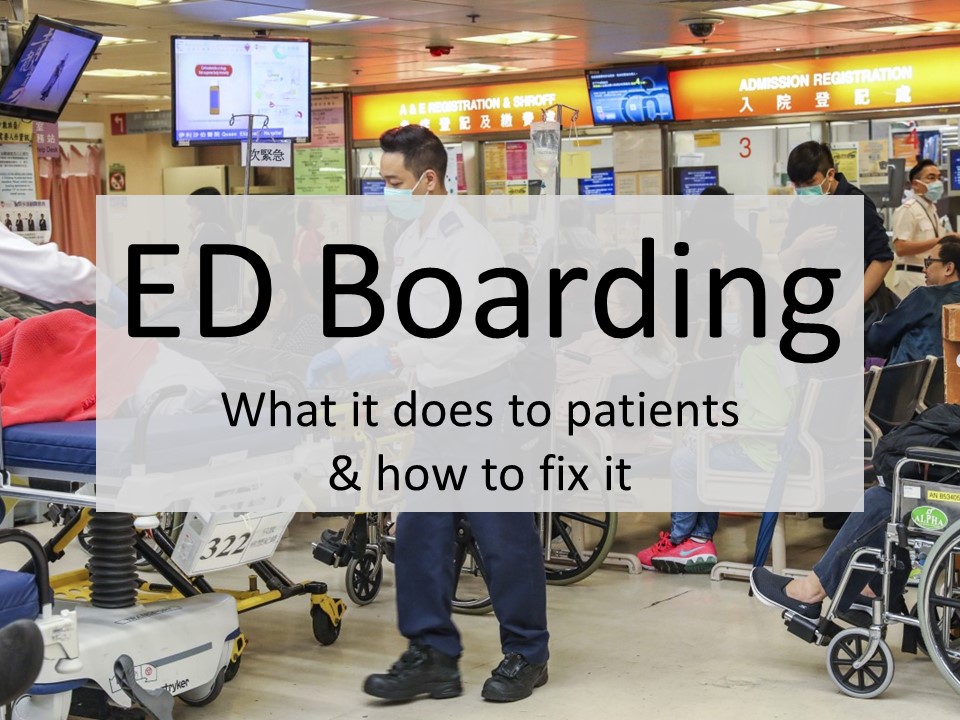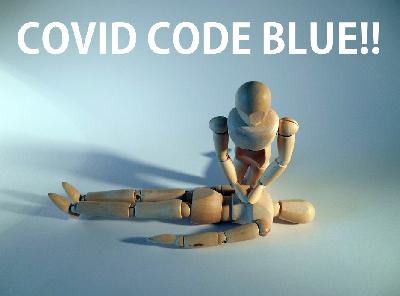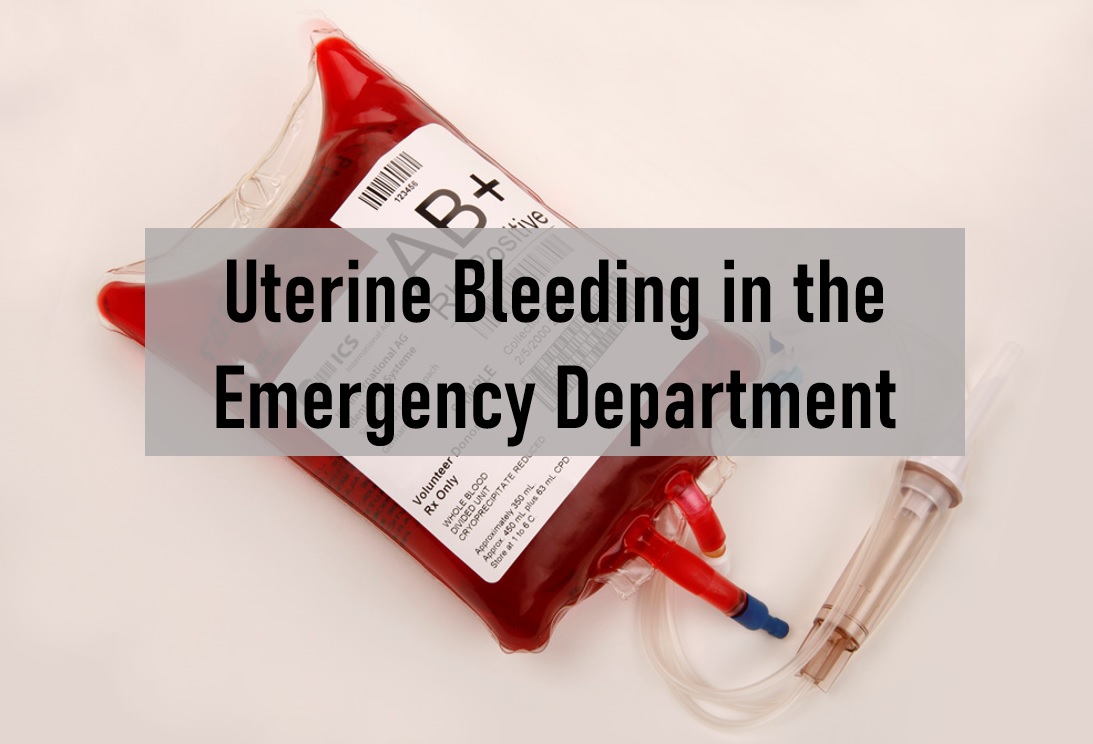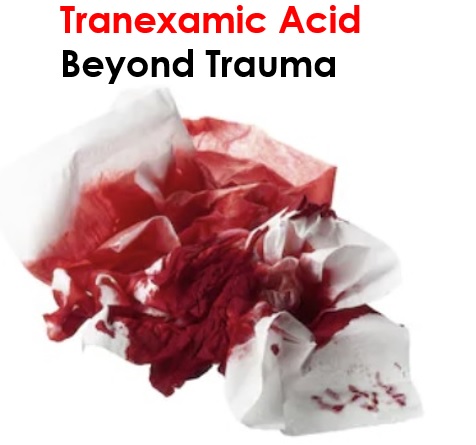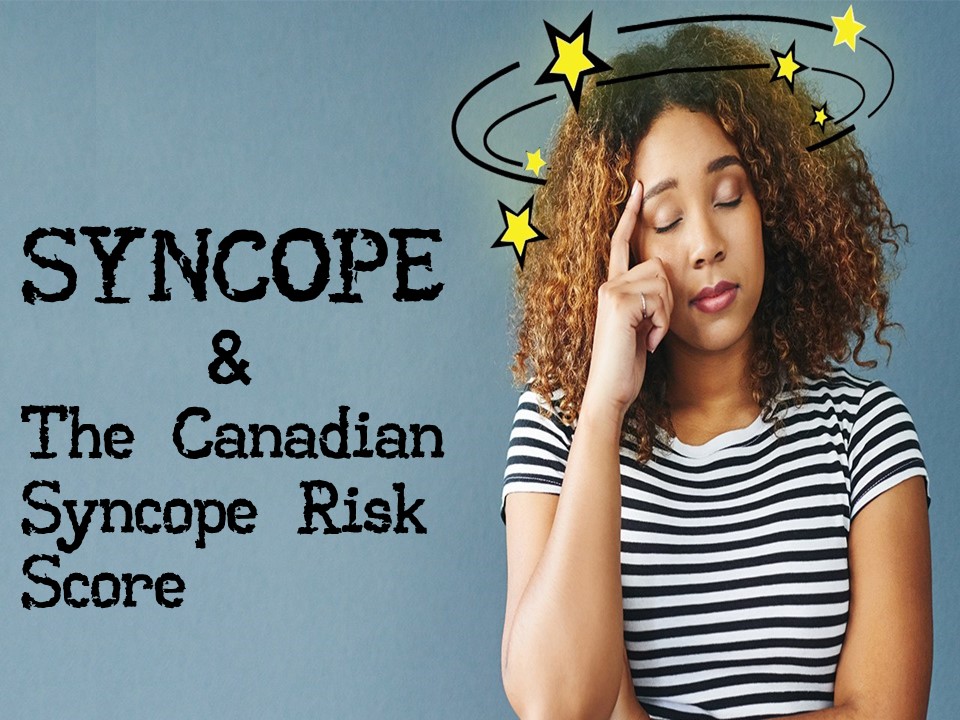Discover The DownEast Emergency Medicine Podcast
The DownEast Emergency Medicine Podcast

The DownEast Emergency Medicine Podcast
Author: Down East Emergency Medicine
Subscribed: 36Played: 497Subscribe
Share
© Copyright 2018 All rights reserved.
Description
Emergency Medicine educational podcast. We are committed to providing high quality education to improve the care of the emergency patient in Maine, northern New England and beyond.
41 Episodes
Reverse
Interviewing and beginning your career in medicine comes with challenges! Dr. Sarah Bunting, MD is a PGY-1 emergency medicine resident at Maine Medical Center. Listen in to hear her advice on transitioning from medical school to residency, virtual interviewing, and what to look for in a residency!
For the full show notes, click here.
Hallie Bates, MSIV and Alex Schin, MSIV
Peer Reviewed by Lauren Wendell, MD and Jeffrey A. Holmes, MD
The 21st Century CURES act has mandated that starting on April 5th, 2021 patient notes (with a few very narrow exceptions) must be easily available to patients via their patient portal. How did this come about, and what does it mean for us?
Click Here for full show notes
This lecture was presented at the 2021 Maine Medical Center Winter Symposium. For more information on the symposium click here.
Sam Wood, MD
Ultrasound Jedi, Dr. Andrew Fried, takes us through a masterclass on placing ultrasound guided peripheral IV's.
For full show notes, check out our blog post on Down East EM.
Jeffrey A Holmes, MD
This year we are very fortunate to have Dr. Amal Mattu, EKG Jedi, as teaching faculty for our 39th Maine Medical Center/Maine ACEP Winter Symposium. In this lecture, he helps us differentiate septal STEMIs from other potentially life threatening mimics.
Click here for show notes
To check out our virtual 39th Winter Symposium, check out the conference website at www.mmcwintersymposium.com
Jeff Holmes, MD
Kids poop. Most of the time it goes well- aside from the messes and the wipes and the cleaning and the change of clothes. But sometimes medically pediatric diarrhea is not alright. In this interview with pediatrician Dr. Jay Larmon we go over the spectrum of pediatric diarrhea, from the a-okay to the not-so-right and everything in between.
Check out our blog post for more.
Authors: Jason Hine MD and Jay Larmon MD
Peer Review: Jeff Holmes MD and Mike Burla MD
In medicine we often draw a solid line between community and academic medicine, but this likely is a fallacy. In fact there is a huge amount of academia that can be found and thrive in a community hospital. In this interview we talk with Dr. Salim Rezaie of the REBEL EM blog and podcast, a man who has walked both sides of this imaginary line between community and academics. In our chat we discuss ways to get involved in academics in the community and the vast array of rewards that come with that including improved patient care, increased fervor for your work, decreased burnout, and increased career longevity.
Authors: Jason Hine MD, Salim Rezaie MD
Peer Review: Jeff Holmes MD, Mike Burla MD
In this episode we dive into the nasty, gnarly infection that is Ludwig's Angina. It's a bad player- and with complications including mediastinitis, epiglottitis, and asphyxiation- it's one you need to know. In this vodcast we highlight a case of Ludwig's Angina, showing some important images and videos of the presentation, and dive into the finer points of the disease.
Check out our blog for shownotes, references, and more
Author: Jason Hine MD
Peer Review: Dr. Jeff Holmes and Dr. Mike Burla
This is Part 2 of our discussion of the COVID-19 vaccines. With frontline providers across the country (and world) asking themselves "Am I comfortable getting this vaccine?" we thought it important to review some of the basic science (Part 1) and data (Part 2) behind these mRNA vaccines.
In this podcast we ask
What did the Pfizer phase 3 study show?
What outcomes did they look at?
Did they meet those outcome targets?
Specifically- what the vaccine effective ... and was it safe?
Disclaimer: I am not an infectious disease physician, immunologist, or population health specialist. These perspectives are those of an Emergency Medicine physician. In order to expedite the delivery of this material to you, the frontline provider, this content did not undergo our typical peer review process.
References:
Rabies vaccine phase 1 study [pubmed]
Pfizer Phase 3 study results [NEJM]
Check out the DownEast EM site for more.
Author: Jason Hine MD
This is Part 1 of our discussion of the COVID-19 vaccines. With frontline providers across the country (and world) asking themselves "Am I comfortable getting this vaccine?" we thought it important to review some of the basic science (Part 1) and data (Part 2) behind these mRNA vaccines.
In this podcast we ask
What exactly is an RNA vaccine?
How do they work?
Is the COVID-19 vaccine the first of these types of vaccines?
among many others
Disclaimer: I am not an infectious disease physician, immunologist, or population health specialist. These perspectives are those of an Emergency Medicine physician. In order to expedite the delivery of this material to you, the frontline provider, this content did not undergo our typical peer review process.
References:
Rabies vaccine phase 1 study [pubmed]
Pfizer Phase 3 study results [NEJM]
Check out the DownEast EM site for show notes.
Author: Jason Hine MD
They have something DOWN THERE... No surprises, it's herpes. But making the diagnosis is the just first of many issues and questions- how do you treat it? Will it come back? How do I stop from spreading it to other partners? Is there something I can do to decrease my number of outbreaks? All great questions we should be ready to answer. In this vodcast Dr. Leger reviews this disease and these important questions.
Check out our Down East EM blog for references and a whole lot more amazing content.
Author: Dr. Janessa Leger MD
Peer Review: Dr. Jason Hine MD and Dr. Jeff Holmes MD
Intubation in the emergency department (ED) can be a stressful endeavor. We are often presented with patients who have complex anatomy and tenous physiology. Because of this, it can be hard to look past the critical step of securing the airway. Rapid sequence intubation (RSI) and positive pressure ventilation can dismantle patients’ physiology and contribute to an almost 4% rate of post intubation cardiac arrest (PICA). Is there anything we can do to predict or prevent this? In this podcast, Sam Wood gives us an overview of the literature to help us answer these questions.
Check out our Down East EM blog for show notes, references and a whole lot more amazing content.
Author: Dr. Sam Wood MD
Peer Review: Dr. Jason Hine MD and Dr. Jeff Holmes MD
The management of diabetic ketoacidosis (DKA) in children is full of difficult questions- how much insulin should I give? Who is at risk for cerebral edema? What treatments, if any, increase the risk for this dreaded complication? Which fluid is ideal? How much of this fluid should I give? We sat down with ED physician and endocrine aficionado Dr. George Willis to answer these questions.
Click here for show notes
Authors: Dr. Jason Hine and Dr. George Willis
Peer Review: Dr. Mike Burla and Dr. Jeff Holmes
The diagnosis of Wernicker's encephalopathy is a elusive beast. The classic triad of altered mental status, ataxia, and ophthalmoplegia is, of course, anything but classic in terms of presentation. To make matters worse, the most at-risk population, the chronic alcohol misuser, often have these signs and symptoms for alternative reasons. In this podcast we discuss diagnosing Wernicke's in the alcoholic.
Check out our post on the Down East EM blog for shownotes, references, and more.
Author: Jason Hine MD
Peer Review: Jeff Holmes MD
Boarding is a problem across most Emergency Departments in the United States, and likely the world. This adversely affects patients and staff. In this post we review the data on the detriments of boarding in the ED, how it impacts patients, and some ideas on how to fix it.
Check out our post on the Down East EM blog for shownotes, references, and more.
Authors: Pat Sanders MD and Jason Hine MD
Peer Review: Jeff Holmes MD and Michael Burla MD
In this vodcast we review the prolific use of FOAM (free open access medical education) by learners, the need to assess FOAM quality, and a structured way to do so.
Check out our post on the Down East EM blog for shownotes, references, and more.
Author: Jason Hine MD
In this vodcast we review the logistics of running a CODE BLUE (cardiac arrest) in a COVID patient, or any other patient under isolation care. Please note PAPR use is throughout this video, but PAPR can be replaced with proper eye protection and N95s.
Check out our post on the Down East EM blog for shownotes, references, and more.
Author: Jeff Holmes MD
The personal protective equipment (PPE) for COVID-19 has been the center of attention in the medical world and laypress, in part because of the short supply and in part because of the importance of healthcare personnel safety. In this vodcast we review the different levels of PPE and what you need to know to safely protect yourself.
Check out our post on the Down East EM blog for shownotes, references, and more.
Author: Jason Hine MD
Peer Review: Christina Dematteo, DO and Jeff Holmes MD
Uterine bleeding is a common presentation to the Emergency Department and rarely these patients are SICK. When they come in sick, it's not the time to be googling the ACOG recs on managing uterine bleeding. Here we review the proper management of the pregnant, post-partum, and non-pregnant patient with uterine bleeding.
Check out our post on the Down East EM blog for shownotes, references, and more.
When listening to this post, please consider the following questions (and follow us on twitter for spaced retrieval of this material @downeastem):
What tools do we have at our disposal to treat uterine bleeding in the non-pregnant patient?
What is your overall approach to uterine bleeding in the hemodynamically unstable patient? What are your first two interventions?
What is the number one cause of postpartum hemorrhage? What are the standard preventative interventions?
What other agents do we have at our disposal? Are there any procedures?
Authors: Jason Hine MD
Peer Review: Jeff Holmes MD Rebecca Bloch MD
Tranexamic acid (TXA) is a synthetic lysine derivative that binds with the lysine site on plasminogen, inhibits fibrinolysis and stabilizes clot. While it has been around since the 1960’s, its popularity for major trauma has gained a lot of steam in recent years. This has also resulted in creative emergency providers finding novel uses for it at the bedside. In this podcast, Dr. Tim Fallon discusses some of the more novel bedside uses of TXA including epistaxis, hemoptysis, post tonsillectomy bleeding, and dental trauma.
Click Here for the Show Notes on Downeastem.org
References
Zahad, R. A new and rapid method for espistaxis treatmetn using injectable form of tranexamic acid topically: a randomized controlled trial. AJEM. 31 (2013)1389-1392.[Pubmed]
Wand, O. Inhaled Tranexamic Acid for Hemoptysis Treatment. Chest. 2018; 154(6):1379-1384.[Pubmed]
Schwarz, W. Nebulized tranexamic Acid Use for Pediatric Secondary Post-Tonsillectomy Hemorrhage. Annals of Emerg Med. in Press. [Pdf]
Dietrich, S. Trick of the Trade: Topical Tranexamic Acid Paste for Hemostasis. ALiEM. https://www.aliem.com/category/clinical/tricks-of-the-trade/
Mason, J. Epistaxis TXA Pack. EMRAP HD. May 2018
Rezaie, S. TXA for Everyone: Inhaled TXA for Hemoptysis. RebelEM.
Rezaie, S. Topical Tranexamic Acid for Epistaxis or Oral Bleeds. RebelEM
Syncope is an incredibly common presentation to the Emergency Department with a broad differential diagnosis from the benign (vasovagal) to the lethal (arrhythmia). Because of this, the care and disposition of these patients can be challenging. In this podcast we sat down with Dr. Mike Burla to talk through the details of a new(er) decision aid- the Canadian Syncope Risk Score.
The paper we discuss can be found HERE
Thiruganasambandamoorthy V et al. Duration of Electrocardiographic Monitoring of Emergency Department Patients With Syncope. Circulation. 2019 Mar 12;139(11):1396-1406.
Check out our post on the Down East EM blog for shownotes, references, and more.
When listening to this post, please consider the following questions (and follow us on twitter for spaced retrieval of this material @downeastem):
1. How long did the CSRS study investigators observe patients for major arrhythmic outcomes after presentation to the ED?
2. Approximately what percentage of the study cohort was classified as low risk by the CSRS?
3. What proportion of serious arrhythmic outcomes occurred within 6 hours of ED arrival, regardless of CSRS score?
4. According to the study authors, what is the recommended time for observation of a low risk patient by CSRS? How about for Medium and High Risk Patients?
5. Based on the study results, what risk stratification category are the recommendations most applicable to? What is the recommendation for electrocardiographic monitoring of this group?
Authors: Mike Burla MD and Jason Hine MD
Peer Review: Lauren Wendell MD



